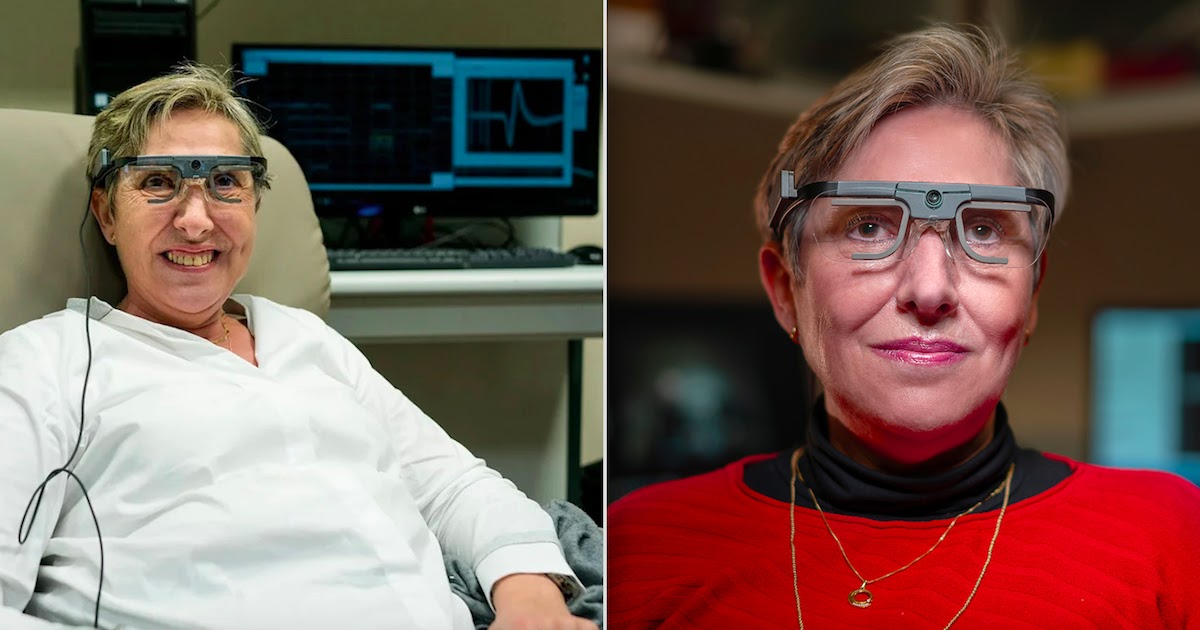
A visual prosthetic implant in the brain of a blind woman has enabled her to perceive two-dimensional objects for the first time in 16 years. The optical prosthesis was advanced by US researchers who have published their findings in an attempt to develop a way that blind people can see again.
The patient, Berna Gomez, had suffered a deleterious condition known as, toxic optic neuropathy, which destroyed the optic nerves that connected her brain to her eyes. Within only a few days from onset, Gomez was unable to see.
15 years later in 2018, Gomez volunteered to take part in an experiment where an electrode implant would be inserted in her brain's visual region. The implant measured 4mm by 4mm and was removed six months later.
The implant known as, Moran|Cortivis Prosthesis, works by sending signals straight to the brain's visual perception region, bypassing the eye's optic nerve completely.
Following surgery in Spain to insert the implant, Gomez had to visit th lab every day for six months and undergo intensive training with her prosthesis in place. During the first couple of months, the scientists focused on training her to distinguish between spontaneous light pinpricks and actual light spots that were the result of stimulation from her prosthetic implant.
Gomez reported to see a prick of light, known as phosphene, once an electrode of the implant was stimulated. Different levels of the prosthesis stimulation would result in her seeing the spot in whiter or more sepia colour tones, as well as brighter or more faded.
When Gomez first glimpsed a white line, she said:
"I can see something!"
The hardest part was for her to perceive vertical lines, but by the time her training was over, she was finally able to distinguish between vertical and horizontal patterns with 100% accuracy.
[Based on reporting by: science alert]













COMMENTS